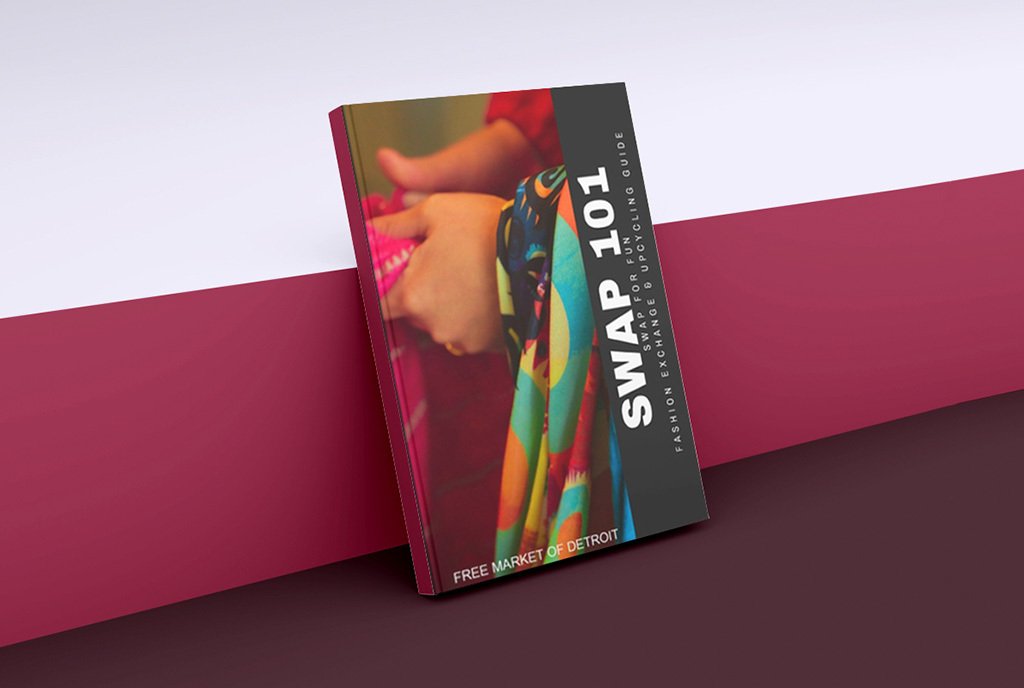January 4, 2012; Source: Newsworks (WHYY) | The advent of Occupy Wall Street protesters living in tents in Zuccotti Park in Lower Manhattan or McPherson Square in downtown Washington, DC has caused many people to associate tent encampments on public properties as protests. They forget or overlook a tent city phenomenon occurring in various localities that isn’t associated with protests but with poverty.
In Camden, New Jersey, one of the poorest cities in the United States, there is a tent city housing forty-four people just over the railroad tracks in the woods near Admiral Wilson Boulevard. Called “Tent City the Backwoods Camp,” this is a replacement for another tent city that had been located closer to downtown. That encampment was closed down, with a local church volunteering to move the residents into homes, but the self-described mayor of this tent city, Lorenzo “Jamaica” Banks, said that the church offer was “complicated” and didn’t work, at least for the people who are now in the new encampment.
Sign up for our free newsletters
Subscribe to NPQ's newsletters to have our top stories delivered directly to your inbox.
By signing up, you agree to our privacy policy and terms of use, and to receive messages from NPQ and our partners.
Like the “Hoovervilles” of the Great Depression, Camden’s tent city and other tent cities are encampments of poverty and homelessness. Other cities with regular tent cities popping up, closing, and reappearing have been Bakersfield CA, Gainesville FL, Lakewood NJ, Harlingen TX, and Sacramento CA, to name just a few. If there is a protest, it is the symbolic protest of people choosing to live outside in the cold as opposed to taking rooms in shelters.
Nonprofits dedicated to combating poverty know that these tent cities are powerful statements about the inequities of American society. If only the communities nonprofits serve would turn to look at and understand what tent cities represent about the concentration of wealth and power in America.—Rick Cohen













